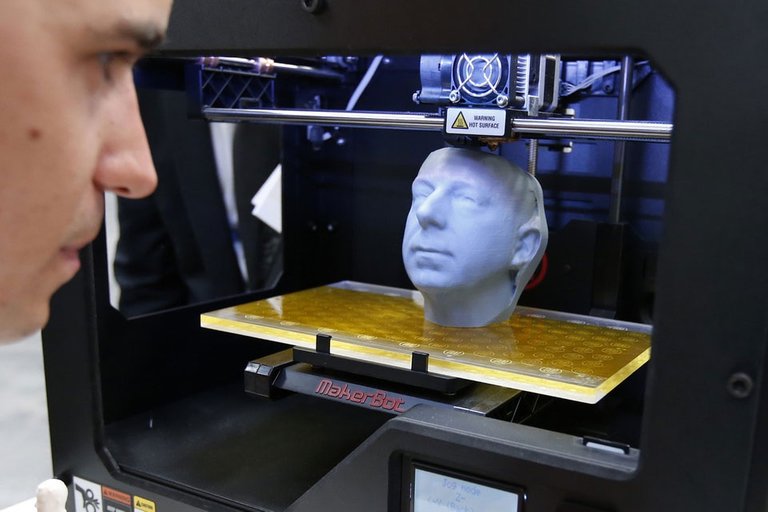
Innovations in the different fields of technology encompass, every day, increasing aspects of the daily life of people. In health, education, transportation and entertainment, technology causes radical leaps. In the field of trade and finance, a study by Raoul Leering, ING's international trade analyst, looks at the prospects of international trade versus the advance of product development in 3D printers. An approach unorthodox, but very illustrative of the great changes to come.
3D PRINTERS, THE FUTURE MANUFACTURERS

No one could have imagined, a few years ago, the enormous impact that 3D printers would have on various aspects of life. We were surprised when these three-dimensional printers began to make their contribution with temporary prosthesis of members for those who need them.
Now, the study by Leering, shows us another facet. The analyst concludes that by the year 2060, 3D printers will have replaced an important part of the world production, especially with regard to auto parts, spare parts, toys, etc.
If current investments in this type of technology continue, 3D printers will supplant half of the manufactured output and this would reduce international trade by 25%. Many products that until today were imported by different countries could be "manufactured" by these printers of three-dimensional copies.
ON DEFICITS AND SURPLUSES
A scenario with 3D printers replacing a part of the production, would mean that those countries show a significant imbalance in their trade balance could reduce those negative balances. On the contrary, the development of products through three-dimensional impressions would cause a strong reduction of income for the exporting countries.
Leering emphasizes in his study that this is under the assumption of a slow growth in the development and investment in 3D printers. Conversely, if the investment doubles every five years, the estimate indicates that up to 40% of exports could be replaced.
So far, this is speculation on a data base basis. The development of products through 3D printers has not evolved enough to achieve production levels in series. But, it is more than clear that the potential exists.
It remains to know how the level of acceptance by consumers in products developed in this way will be.
Great post and very informative. @humbert Have learnt a lot from it.
Thanks @capari, I am learning from this platform, I find it very interesting I will go through your blog to give you a few upvotes.
Congratulations @humbert! You have completed some achievement on Steemit and have been rewarded with new badge(s) :
Click on any badge to view your own Board of Honor on SteemitBoard.
For more information about SteemitBoard, click here
If you no longer want to receive notifications, reply to this comment with the word
STOPThank you, soon I will win other badges.